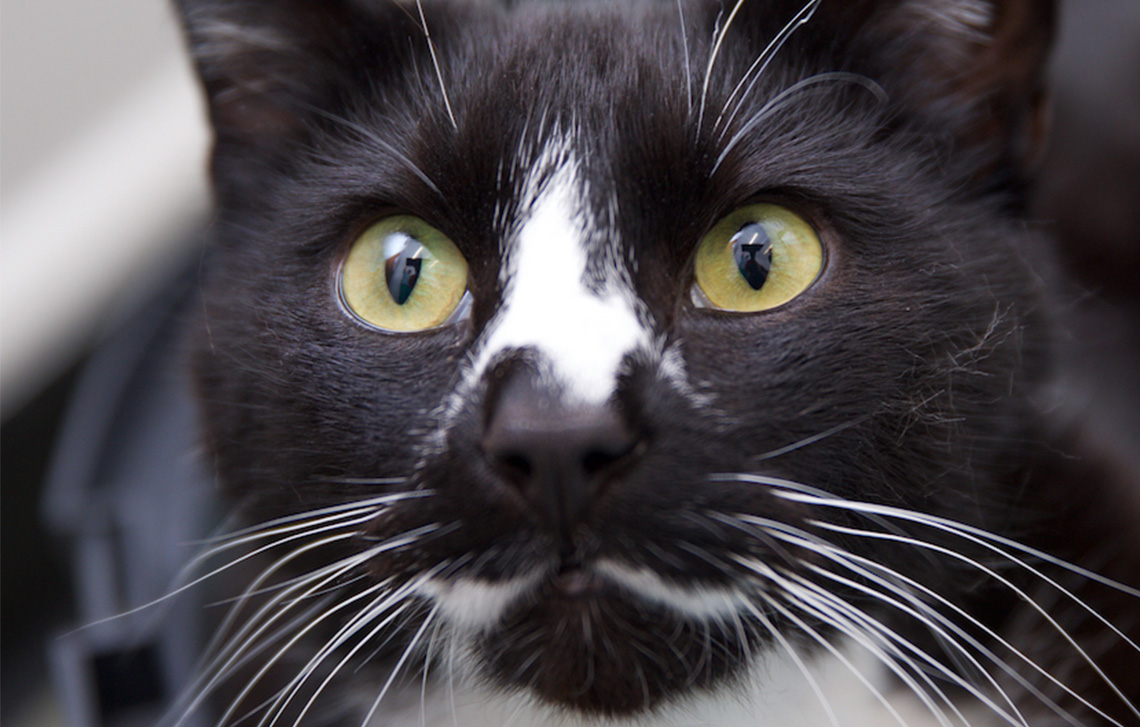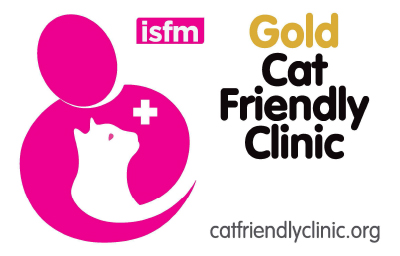Beyond The Consulting Room

Our top of the range, medical and surgical equipment is specifically optimised to be used in procedures on cats, to provide the safest and most comfortable experience possible for your cat during a stressful time.
Surgical Procedures
We are able to perform a range of routine and non-routine surgical procedures at our veterinary clinic in Worthing.
Neutering cats and cat spaying
A surgical procedure carried out under a general anaesthetic, which prevents female cats (queens) becoming pregnant and male cats (toms) mating and making females pregnant. When a female cat is spayed – her ovaries, uterus and cervix are removed. When a male cat is castrated – his testes are removed.
Neutering has many health benefits, as well as helping to reduce the number of unwanted cats. Neutered cats are less likely to:
- Roam
- Be involved in a road traffic accident
- Fight, reducing the risk of injuries and risk of contracting diseases such as Feline Immunodeficiency Virus (FIV) or Feline Leukaemia Virus (FeLV)
- Display territorial marking (spraying) behaviour
Neutered male cats won’t develop testicular tumours and neutered females won’t develop ovarian or uterine tumours and are much less likely to develop mammary tumours – especially if neutered under the age of six months.
We recommend neutering both male and female cats at four to five and a half months old as the most effective way of population control. We offer a discounted neutering price for neutering at this age.
Neutering procedures are offered at a discounted rate for clients whose cats are on our Cat Health Plans.
Non routine surgical procedures
We are able to carry out a variety of surgical procedures if required. Some more specialised procedures (such as fracture repairs) may require referral to a local veterinary surgeon, which we will be happy to arrange for you.
Dental procedures
Carried out under a general anaesthetic for your cat’s safety and comfort, dental procedures generally involve a scale and polish and x-rays of the jaw and individual tooth roots. Because two thirds of the cat’s teeth are beneath the gums and not visible, we use dental radiographs to assist in assessment of the teeth, surrounding soft tissue, joints and the bone. Dental radiographs can also reveal foreign bodies, cysts and tumours. Broken and damaged teeth will need to be extracted and the gums sutured (with dissolvable sutures). Our veterinary nurse will advise on diet and home care after the dental procedure. Dental procedures are offered at a discounted rate for clients whose cats are on our Dental plans.
Medical investigations
We are able to perform a range of medical investigations including X-Ray (including dental), Ultrasound scanning, Endoscopy, Blood Pressure monitoring, ECG, as well as blood tests and laboratory work.
X-Ray
Allows us to visualise bones and solid structures inside the body. This is especially useful for fractures and changes in lung tissue.
Ultrasound scanning
Allows us to visualise the soft tissue structures inside the body. It is especially useful for visualising inside the heart and heart chambers, and detecting changes in the organs in the abdomen (e.g. liver, spleen, kidneys, bladder). It is also useful for pregnancy diagnosis from 28 days.
Endoscopy
Allows us to visualise the lining of the stomach, intestines and airways. It can aid in the removal of foreign bodies and allow biopsy samples to be taken without the need for full exploratory surgery.
Blood pressure monitoring
Using a doppler blood pressure monitor, we recommend blood pressure checks every six months for cats over the age of eight years, to allow early detection and treatment of high blood pressure. Undetected hypertension (high blood pressure) can lead to serious consequences such as retinal detachments (sudden onset blindness), and damage to the heart and kidneys.
ECG
Allows us to assess the heart rate and rhythm and detect heart disease.
Laboratory work
We use an external commercial laboratory to run a range of wellness screens and profiles to investigate for specific conditions. We also use in-house microscopy for a range of investigations such as blood smears, skin investigations (parasite, bacterial and yeast infections) and fine needle aspirate sample cytology (to investigate growths and suspected tumours); to name a few.
Click here to read more Petsimonials on our Blog.
If you would like to post a Petsimonial or add some pictures and a story about your cat to our blog, please send them to info@cwvet.co.uk.







